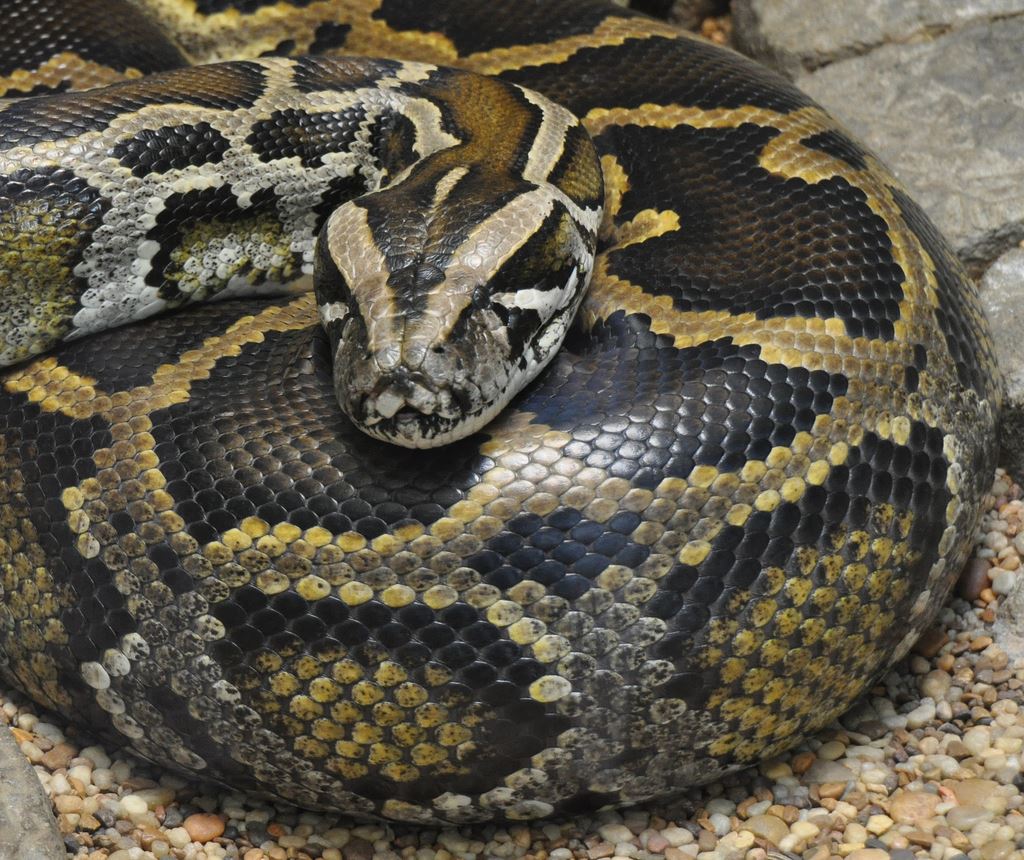
While Burmese pythons are native to Southeast Asia, the species was introduced to Florida in the 1970s and 1980s when thousands of the snakes were imported to be sold as exotic pets. Geological Survey research ecologists Amy Yackel Adams and Andrea Currylow told Newsweek. Interestingly, the pythons can even tolerate salt water for prolonged periods of time and have been found swimming in the Gulf of Mexico and Florida's Biscayne Bay, U.S. These snakes are considered to be semiaquatic and are often found near water or marshy areas, although they can also climb trees. Where Is the Burmese Python Originally From?īurmese pythons ( Python bivittatus), as the name suggests, are native to Southeast Asia, including parts of India, Nepal, Bhutan, Bangladesh, Myanmar, Thailand, Laos, Cambodia, Vietnam, Malaysia and southern China, according to the Thai National Parks site. Growing to huge sizes, the reptiles are a formidable predator capable of eating a huge variety of animals.īut while the snakes have become a hugely successful invasive species in Florida, they are facing several threats in their native range. This book will provide you with a wealth of information about these artfully pleasing snakes including their physical characteristics, temperament, feeding recommendations, breeding processes, health problems and fun facts you may not know.Burmese pythons are nonvenomous constrictors that are among the largest snakes in the world. They are originally found in Southeast Asia and also inhabit the famous Everglade Park in Florida.įind out why this snake species is ideal for first time keepers and why it is fun to take care of especially for expert owners. Unfortunately, most of these docile snakes aren’t taken care of properly which is why most of them are just released into the wild. The Burmese python is definitely one of the fastest growing python species in the world! If you’re up for a real “heavyweight” challenge then you might just get served as these snakes can grow up to 25 feet long and can potentially reach about 200 pounds in weight.

When it reaches 6 feet or longer, you can already feed it with an adult sized rat, young rabbit, or adult sized chicken.

You need to feed them possibly more than one prey item it depends on your snake’s appetite though, so if you see that your pet is constantly eating, you might want to reduce the size of the prey.Of course as your pet grows, it will eventually require much larger prey items but lesser eating time.Juvenile and Adult Burmese Python Feeding After feeding a baby Burmese python in the first few days or weeks, you’ll eventually notice that he will slowly get used to eating pre – killed frozen items.In this way, you’ll be able to train the newborn babies to elicit a feeding response that will make them easy to feed and not become picky eaters as they grow old. This is because pythons love to eat warm – blooded animals and this is what attracts them to eat the food. The food should be at least warm enough than the surroundings.Don’t just left it lying on the ground, serve it as if it was a prey. The food should be fed in a way where it’s a potential meal.The food items should smell like food to attract their sensory receptors.Here are some reminders for easy feeding:

This is quite surprising for many first time python keepers because usually baby snakes starts eating only pinky mouse or small – sized prey, obviously not for Burmese pythons. Most Burmese pythons in the wild feed only a few times in a year because they usually take lots of time to digest their food.īaby Burmese snakes can already eat an adult mouse during their first feedings.What they do is they submerged under the water or blend in the forest ground until they can grab their unsuspecting prey and kill it by constricting it, until the animal can’t breathe anymore before chomping them up with their sharp teeth. This is very common among python species since most of them are non – venomous compared to vipers, which is why their only way to attack a prey is to be in a position for a kill. The way they ambush their prey is through using a sit and wait method.A snake’s tongue has built – in chemical receptors and also heat sensors allowing them to know their surroundings, find prey and also fight off potential threats. Burmese pythons like most snakes have very poor vision and the only way they can hunt for food is through flickering their tongues in order to stalk their potential prey.


 0 kommentar(er)
0 kommentar(er)
